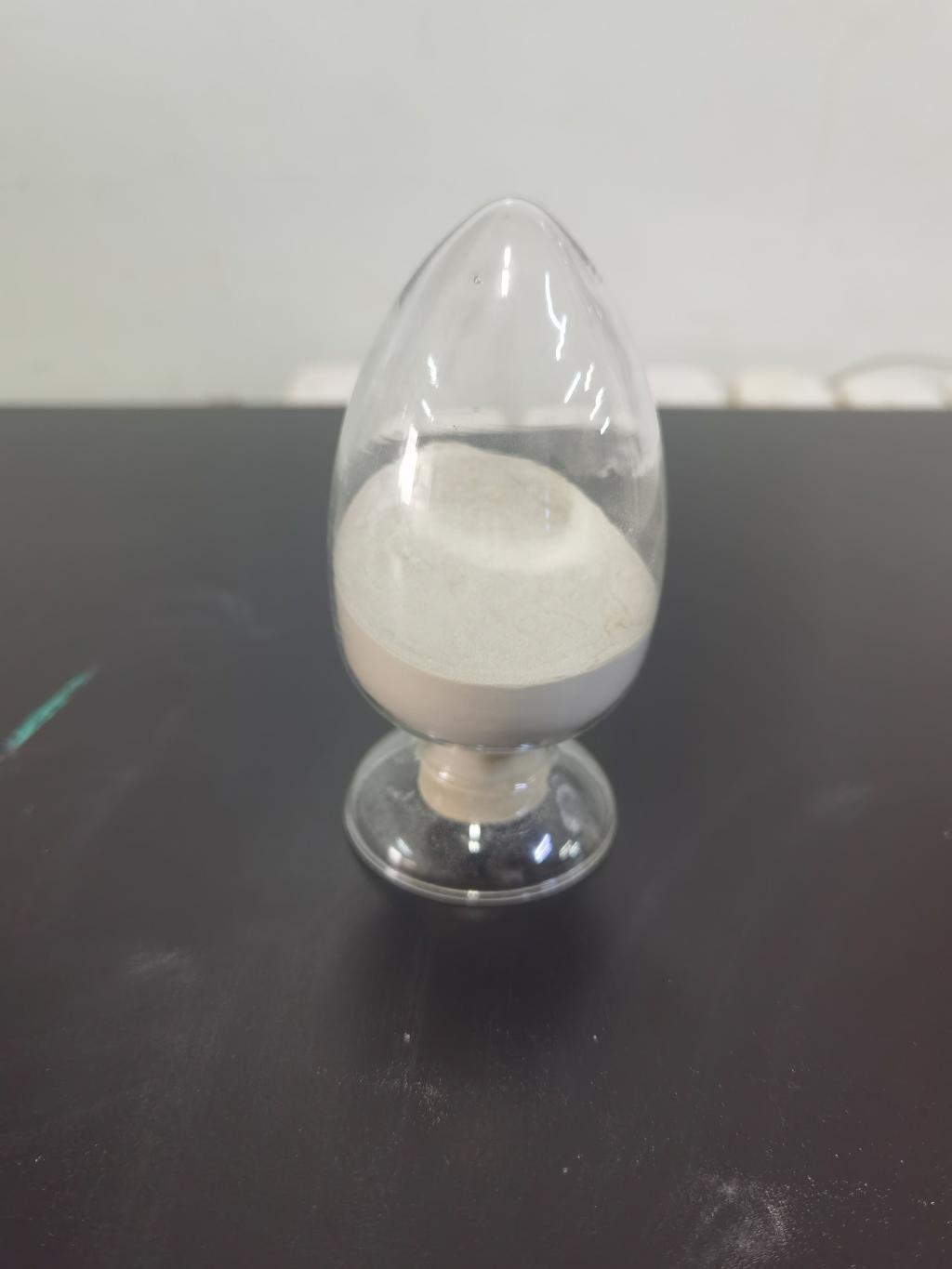Tel:+8618231198596

News
 CONTACT
CONTACT
 CONTACT
CONTACT
- Linkman:Linda Yao
- Tel: +8618231198596
- Email:linda.yao@dcpharma.cn
- Linkman:CHARLES.WANG
- Department:Overseas
- Tel: 0086 0311-85537378 0086 0311-85539701
News
Advances in nanotechnology are being explored to improve the delivery mechanisms of nisin.
TIME:2024-09-04
Introduction
Nisin, a class I bacteriocin produced by Lactococcus lactis, has long been used as a biopreservative due to its potent activity against a broad spectrum of Gram-positive bacteria. However, its practical application is often constrained by factors like pH sensitivity and susceptibility to enzymatic degradation. Nanotechnology, with its ability to manipulate materials at the atomic and molecular scale, presents a revolutionary approach to overcoming these limitations.
Utilizing Nanotechnology for Nisin Delivery
Encapsulation Techniques
One of the primary ways nanotechnology is being applied to nisin is through encapsulation. Nanoencapsulation involves the formation of a protective barrier around nisin molecules, shielding them from environmental factors that could otherwise cause degradation. This technique ensures that nisin reaches its target site in the food matrix intact and active. Various nanostructures such as liposomes, nanoparticles, and nanoemulsions are being investigated for their potential to deliver nisin effectively.
Controlled Release Systems
Another benefit of using nanotechnology in nisin delivery is the ability to achieve controlled release. By designing nisin-loaded nanoparticles with specific properties, researchers can tailor the release kinetics of the peptide to match the needs of the food product. This not only enhances the preservative effect but also reduces the total amount of nisin required, potentially lowering costs and minimizing the risk of off-flavors or other adverse effects.
Targeted Delivery
Targeted delivery is another area where nanotechnology shows promise. By functionalizing nanoparticles with specific ligands or antibodies, it is possible to direct nisin to particular sites within the food where microbial growth is most likely to occur. This targeted approach maximizes the efficiency of nisin usage and minimizes its concentration throughout the entire food product, which can be advantageous in terms of both cost-effectiveness and maintaining food quality.
Applications and Implications
The integration of nanotechnology into nisin delivery systems opens up new possibilities for food preservation. Enhanced stability, controlled release, and targeted action can lead to improved food safety and extended shelf-life, ultimately benefiting consumers by providing fresher, safer products. Moreover, the precision of nanotechnology could pave the way for personalized food preservation methods tailored to specific food types or storage conditions.
Challenges and Future Directions
Despite the potential advantages, the use of nanotechnology in food applications is not without challenges. Safety concerns regarding the ingestion of nanoparticles and their long-term effects on human health and the environment must be thoroughly addressed. Regulatory frameworks need to evolve to ensure that the benefits of nanotechnology are realized while minimizing any potential risks.
Future research should focus on developing comprehensive safety assessments and establishing robust standards for the production and use of nisin-loaded nanoparticles in food. Additionally, there is a need for interdisciplinary collaboration among scientists, engineers, and policymakers to advance the field responsibly and sustainably.
Conclusion
The exploration of nanotechnology to improve nisin delivery mechanisms represents a significant step forward in the quest for safer and more effective food preservation techniques. With continued innovation and rigorous testing, the synergy between nisin and nanotechnology holds the promise of transforming the way we ensure the quality and safety of our food supply.
Nisin’s potential to reduce the use of synthetic preservatives aligns with consumer demand for cleaner labels.
- Tel:+8618231198596
- Whatsapp:18231198596
- Chat With Skype







